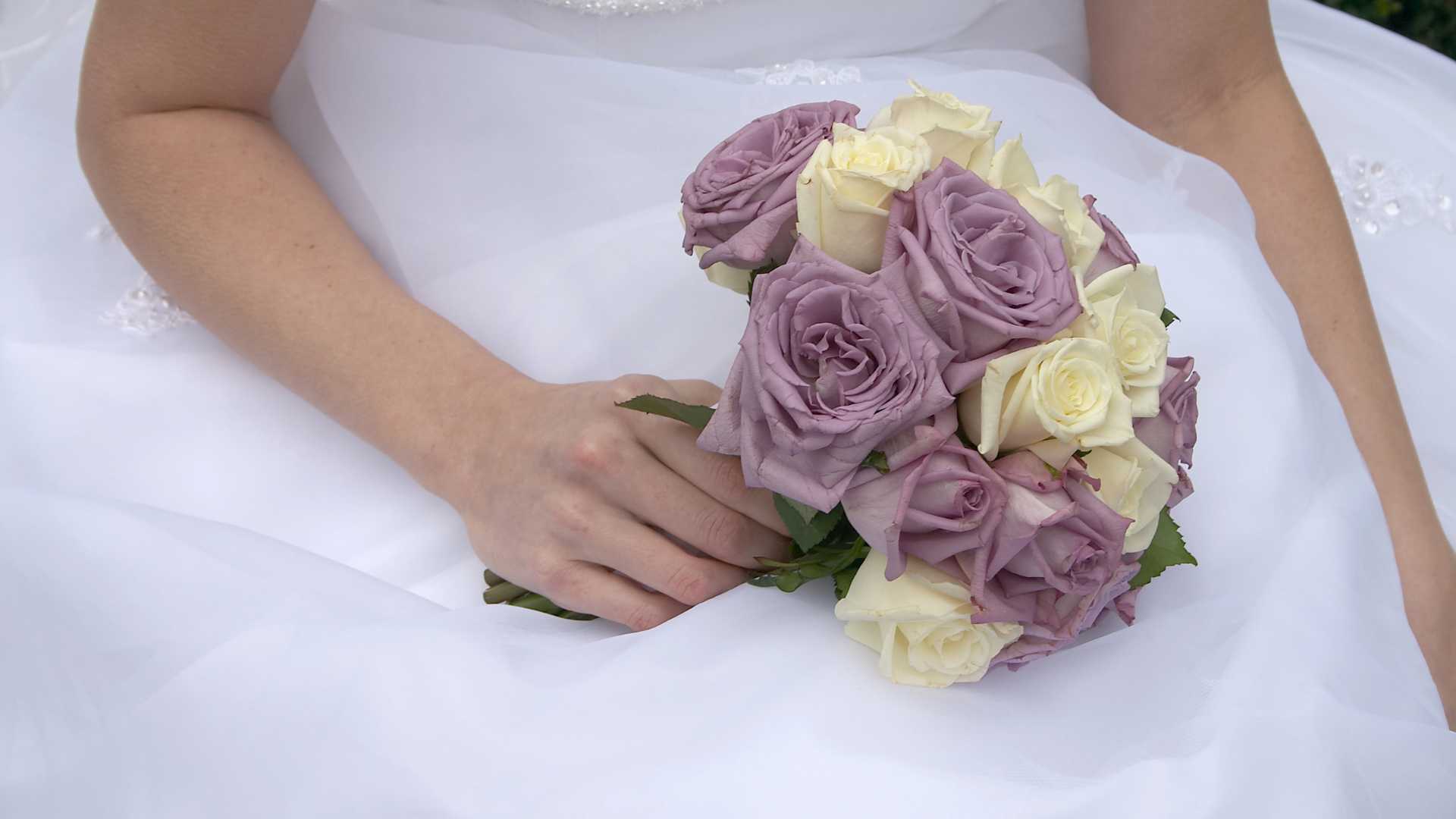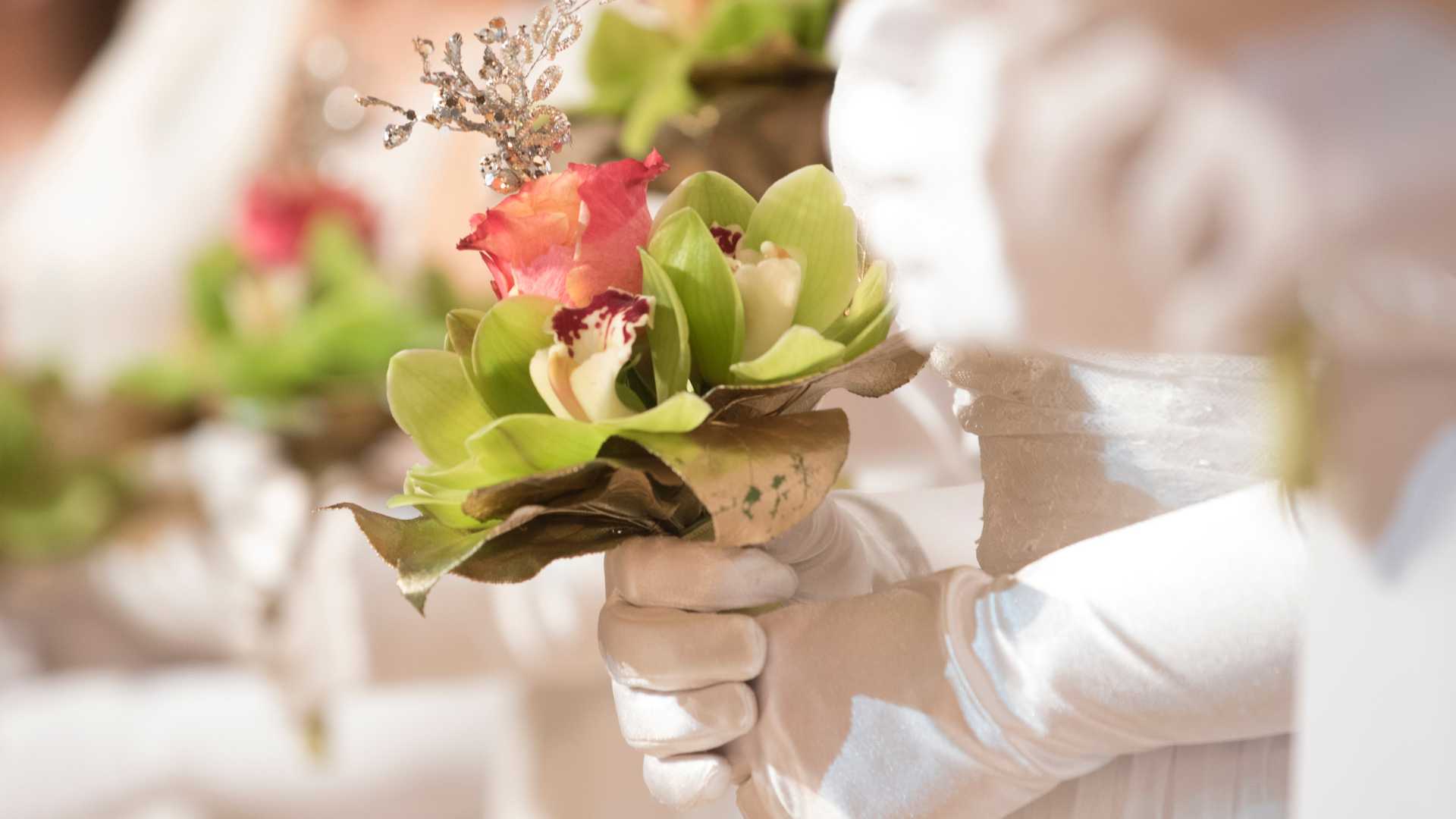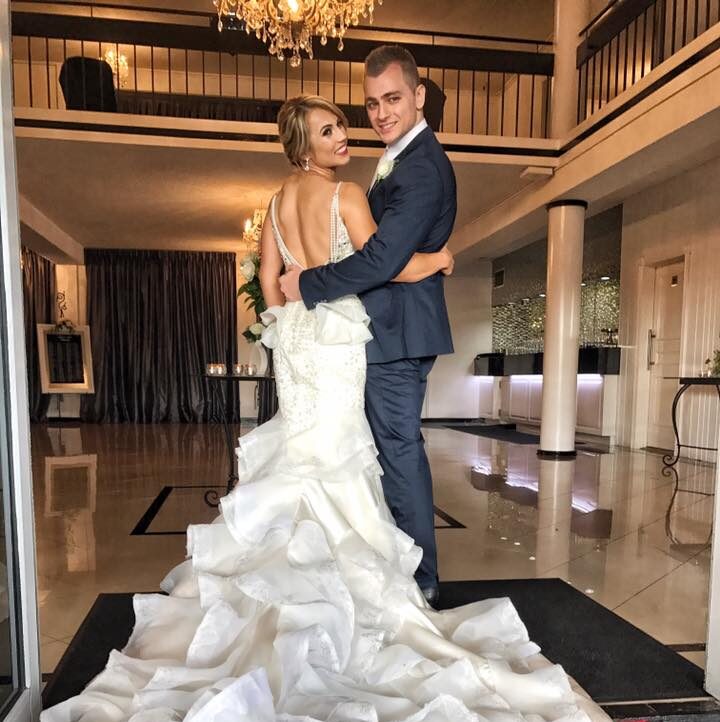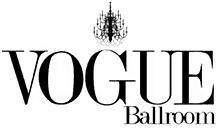When you picture a bride walking down the aisle, the image of a beautiful bouquet is hard to ignore. The bridal bouquet, much like the bride herself, holds an air of elegance, charm, and symbolism. But have you ever wondered why brides carry a bouquet in the first place? Is it just a lovely accessory, or does it have deeper historical and cultural roots?
In this blog, we’ll take a closer look at the fascinating history of the bridal bouquet—from its ancient origins to its evolution into a must-have wedding accessory. We’ll also explore the rich symbolism behind the flowers and how modern brides continue to weave personal meaning into this age-old tradition.
The Evolution of the Bridal Bouquet: From Practicality to Symbolism
Over time, the bridal bouquet shifted from a practical necessity to a highly symbolic accessory. Initially, flowers and herbs were carried for their protective and functional qualities, but as hygiene improved and superstition faded, bouquets became more about beauty and meaning.
The Middle Ages: Bouquets were used to mask unpleasant body odours and ward off evil spirits with strong-smelling herbs like garlic and rosemary.
The Elizabethan Era: Bouquets began to serve a decorative purpose. Small, hand-tied posies were popular, and flowers were sometimes worn in the hair or used as wedding favours.
The Victorian Era: The introduction of floriography (the language of flowers) made bouquets more meaningful. Brides selected blooms based on symbolic meanings, such as Queen Victoria’s choice of orange blossoms (innocence and eternal love) and myrtle (symbolising marital bonds).
Today: The modern bouquet combines tradition and personal style, serving as both an aesthetic choice and a meaningful symbol of the couple’s love and future. Brides now choose flowers based on personal significance, symbolism, and style, with modern twists like succulents or fabric bouquets.
The Language of Flowers: What Does Your Bridal Bouquet Mean?
You might have heard about the language of flowers, or floriography, and how certain blooms carry symbolic meanings. But how can you choose the right flowers to communicate your story? Whether you’re looking for love, purity, or even good luck, the flowers in your bouquet can speak volumes.
Popular Flowers and Their Symbolic Meanings
Every flower tells its own tale, and choosing the right ones for your bouquet can add layers of personal meaning to your wedding day. Here are some of the most common flowers used in bridal bouquets and what they symbolise:
- Roses: Universally associated with love and passion. Red roses represent deep love, while white roses convey purity and new beginnings.
- Peonies: Known for their beauty, peonies symbolise happy marriage, prosperity, and good fortune. Pink peonies are particularly tied to hope for a long, happy marriage.
- Lilies: Representing purity and elegance, lilies are often included in bridal bouquets to signify a fresh start.
- Myrtle: A symbol of eternal love and marital happiness, myrtle has been used in wedding bouquets for centuries, especially by royal brides.
The Role of Color in Bridal Bouquet Symbolism
While the individual flowers carry their own meanings, the colour of the blooms adds another layer of symbolism. For example, white flowers may represent purity or innocence, while red can signify passionate love. Here’s a quick look at some common flower colours and their meanings:
- White: Purity, innocence, new beginnings.
- Red: Passion, deep love, desire.
- Pink: Grace, admiration, affection.
- Yellow: Friendship, joy, happiness.
- Blue: Calmness, serenity, trust.
Choosing the right colour palette for your bouquet isn’t just about matching the wedding theme—it’s about using colours to communicate the emotions you want to convey. Imagine carrying a bouquet that’s not only beautiful but also speaks to the love and joy you feel for your partner.
The Modern Bridal Bouquet: Styles and Trends
The modern bridal bouquet isn’t just about tradition—it’s also a canvas for creativity. Over the years, brides have moved beyond the classic round bouquet and started experimenting with various shapes, styles, and even non-floral alternatives. If you’re planning your wedding in Melbourne, you might notice a shift towards more personalised, diverse bouquets that reflect a bride’s individual style and wedding theme. Here’s how the bridal bouquet has evolved in recent years and what trends you might want to consider for your own bouquet.
Common Bouquet Styles and Their Significance
Each type of bouquet carries its own personality, shape, and symbolism. Whether you’re going for an elegant, traditional look or something more organic and free-spirited, your bouquet style can help convey the tone of your wedding. Here are some popular styles:
- Round Bouquets: Classic and timeless, round bouquets are often the go-to for brides who want a polished, traditional look. The rounded shape symbolises unity, completeness, and the timeless nature of love. It’s the perfect choice if you’re aiming for a more formal, structured feel on your wedding day.
- Cascade Bouquets: For brides looking for something with a little more drama and movement, the cascading bouquet is an elegant option. The bouquet falls down in a graceful waterfall of flowers, adding a sense of flow and sophistication. It’s often seen at grand weddings, like those at iconic Melbourne venues such as Vogue Ballroom, where the bride is making a dramatic entrance.
- Posy/Nosegay Bouquets: These smaller, compact bouquets are traditional favourites, often featuring tightly arranged flowers. They represent simplicity and elegance, making them ideal for more intimate or rustic weddings. I’ve seen many brides opt for posies at outdoor garden weddings, which pair beautifully with the natural, relaxed atmosphere.
- Loose and Organic Bouquets: For a more bohemian or relaxed wedding vibe, loose and organic bouquets have become increasingly popular. These bouquets often feature a mix of flowers arranged in a more natural, flowing way, allowing each stem and bloom to shine individually. They convey creativity, freedom, and a more personal touch—perfect for those who want a bouquet that feels as unique as their relationship.
- Minimalist Bouquets: Sometimes, less is more. Minimalist bouquets focus on a few key elements—perhaps a single type of flower or a few striking blooms like orchids or lilies. This style can be especially effective in modern or contemporary weddings where the focus is on sleek elegance.
Alternatives to Traditional Floral Bouquets
If flowers aren’t quite your style or if you’re looking for something truly unique, today’s brides have a growing list of non-floral bouquet options to choose from. Some creative alternatives include:
- Single Stem Bouquets: A single, bold stem like a sunflower, calla lily, or even a branch of eucalyptus can create a dramatic statement. A single stem is not only eye-catching but also offers a minimalist and modern twist on the traditional bouquet.
- Fabric Bouquets: These bouquets, made from silk, lace, or even felt, offer a long-lasting alternative to fresh flowers. Fabric bouquets can be as elaborate or simple as you like, and they carry a personal touch—perfect for a sentimental bride who wants to keep her bouquet as a keepsake.
- Succulent Bouquets: In Melbourne’s climate, succulents are a great choice. Their unique texture and hardy nature make them a popular alternative. Succulents are especially appealing for eco-conscious brides who prefer a bouquet that can live on long after the wedding day.
- Brooch or Button Bouquets: For brides with a love for vintage or DIY touches, a bouquet made from brooches, buttons, or even family heirlooms can add a personal and meaningful flair. These bouquets often become cherished keepsakes passed down through generations.
Why the Bridal Bouquet Continues to Captivate
The bridal bouquet is so much more than just a pretty arrangement of flowers—it’s a symbol of the bride’s journey, her hopes for the future, and the deep love that binds her to her partner. From its ancient origins to its modern-day evolution, the bridal bouquet has stood the test of time, adapting to cultural shifts and personal preferences while maintaining its deep-rooted significance. It’s a timeless tradition that connects brides to the past while helping them express their unique identity.
A Lasting Symbol of Love, Hope, and New Beginnings
At the heart of every bridal bouquet is a symbol of love, hope, and a fresh start. Whether you choose traditional roses for passion or myrtle for eternal love, your bouquet reflects the dreams you share with your partner and the promise of a bright future together.
I’ve worked with many brides over the years, and one thing that consistently stands out is how much meaning can be packed into a single bouquet. Take the story of one bride at Vogue Ballroom, who selected sunflowers to represent her deep adoration for her partner, lilies for purity, and peonies for good fortune. Every flower she picked spoke to a different chapter of their love story, and it was a beautiful reminder that the bouquet isn’t just about aesthetics—it’s about sharing what’s important to you through flowers.
The bridal bouquet is a unique blend of tradition and personal expression. It’s not just something you hold on your big day; it’s something that tells the story of your love, your family, and the future you’re about to build together.
The bridal bouquet remains a cherished and deeply symbolic part of wedding traditions. It’s a beautiful expression of love, hope, and new beginnings that continues to captivate brides and guests alike. Whether you’re embracing traditional customs or forging your own path, choosing your bridal bouquet is one of the most meaningful decisions of your wedding planning journey.
If you’re planning a wedding in Melbourne and need help with floral choices or anything else related to your big day, don’t hesitate to reach out. I’ve been helping couples create unforgettable wedding moments for over 20 years, and I’d love to assist you in making your wedding dreams come true.




